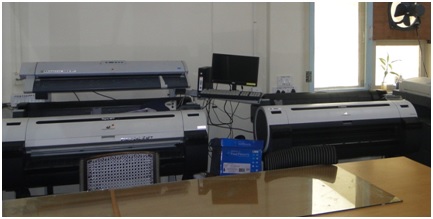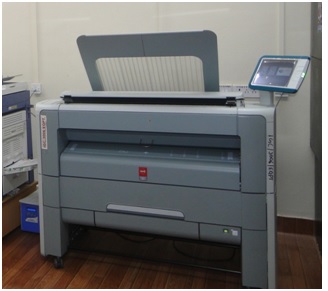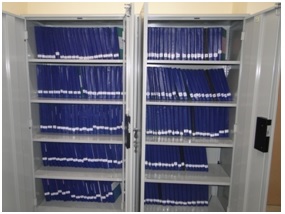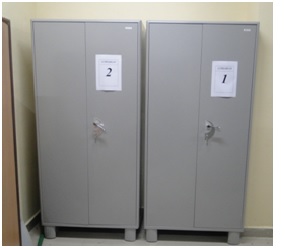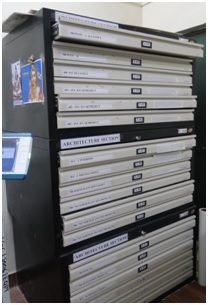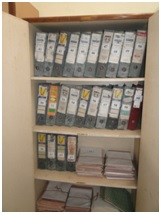Mandate
- To carry out conceptual planning of buildings of various types ranging from office, R&D laboratories, industrial buildings, office interiors, auditoriums, meeting rooms and special buildings by conceptualizing, planning and designing of buildings with form, space and ambience that reflect functional, technical, structural, social, environmental and aesthetics aspects also considering achievable climatic and sustainable green building concepts at IGCAR and other DAE constituent units at Kalpakkam.
- Conceptual planning, architectural and structural Design of residential quarters for the employees and other amenities in township such as schools, hospitals, hostels, guest houses and parks in Kalpakkam and Anupuram townships including refurbishment of existing facilities.
- To deliver structural conceptual plan, tender, construction phase design, drawings meeting functional requirement, structural analysis, design of various active and non-active laboratories, industrial & infrastructure buildings meeting relevant codes & standards and interiors at IGCAR and other DAE constituent units at Kalpakkam.
- To carry out structural analysis & design of civil structures for Fast Reactor and associated specific studies related to structural safety & construction feasibility.
- To carry out structural safety margin assessment of old reinforced concretes structures considering various environmental loads as per prevailing standardformulation of structural retrofitting of the same.
Achievements
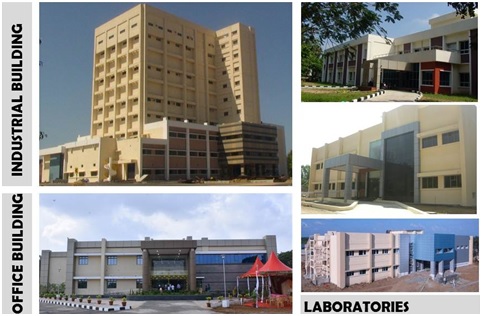
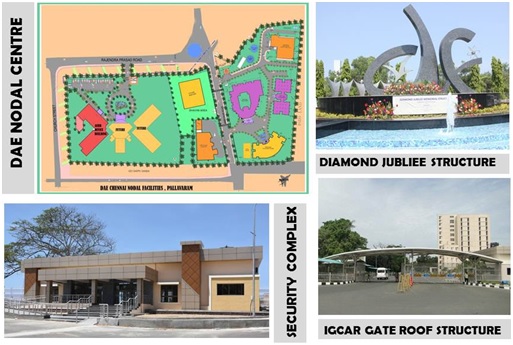
DAE Nodal Centre, Chennai.
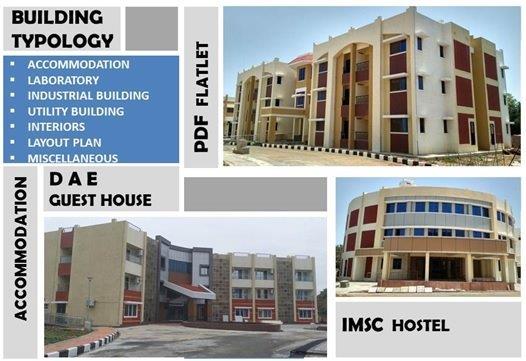
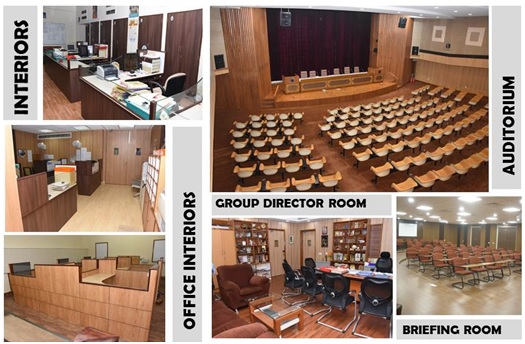
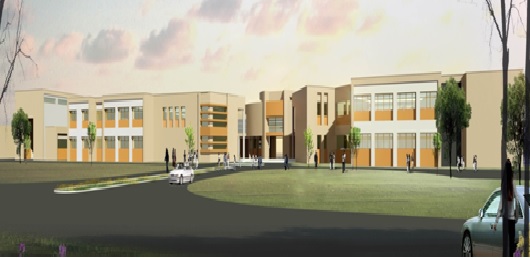
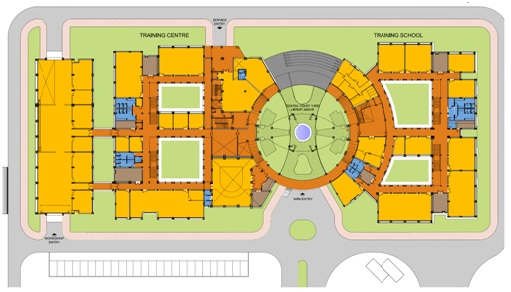
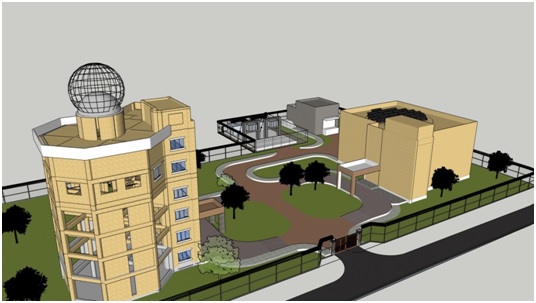
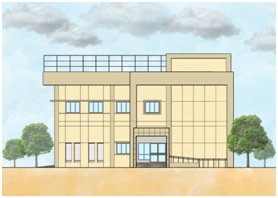
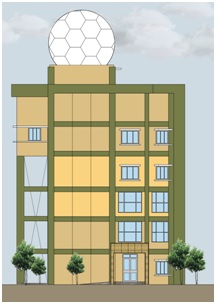
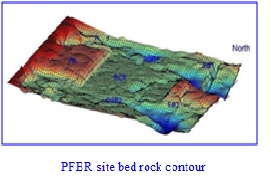
Site evaluation is carried out for a Nuclear Facility based on siting criteria as specified by National and International Guidelines considering nearby population, demographic studies, proximities to airports etc. Site evaluation was carried out for PFBR and other facilities. Site specific parameters such as extreme and severe wind, ground motion parameters for Operating Basis Earthquake (OBE) and Safe Shutdown Earthquake (SSE), design basis flood (1000 and 10000 years return period), design basis rainfall etc. have been evaluated for PFBR and various other facilities.
Nuclear Safety related Building such as Reactor containment structures, Re-processing facilities and Waste storage facilities are analysed as per international Standards using site specific parameters whose period of exceedance is 1000/ 10000 years and designed as per AERB/ ACI standards. Comprehensive mathematical model using finite element model is necessary incorporating the effects of soil-structure interaction, simulation of dynamic behavior including missing mass effects, fluid-structure interaction effects etc. Nuclear Island Building (NIB) of PFBR, Ventilation stack, Head End Facility, Interim Fuel Storage Facility are some of the Nuclear Safety related structures that were designed here.
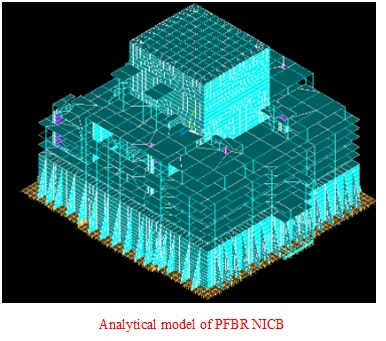
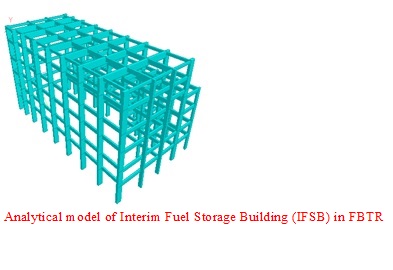
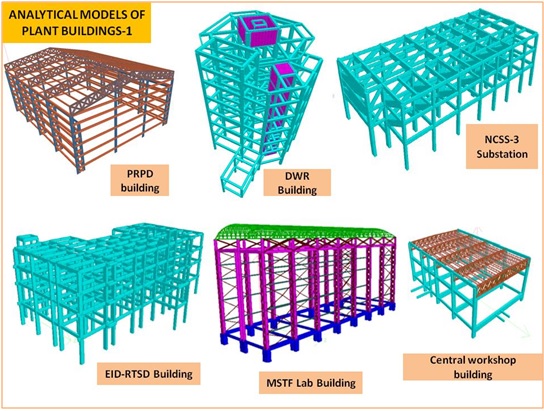
Tall buildings pose unique challenges in the design and construction. Tall buildings are generally flexible with the time period of vibration in the range of a few seconds and therefore have to be designed for special wind effects like Gust and across wind oscillation due to vortex shedding. The lateral drift has to be controlled to maintain occupant comfort by provision of shear walls and RC core. Engineering Halls I to V, SGTF, Stacks, Overhead water tanks, are some of tall structures in RCC designed and constructed by CEG. Apart from RCC structures, tall pre-engineered steel structures such as PPRD & MSTF, lab buildings like PRPD, DWR, EID-RTSD, ITSTF and AUSC are also designed and constructed by A&SED.
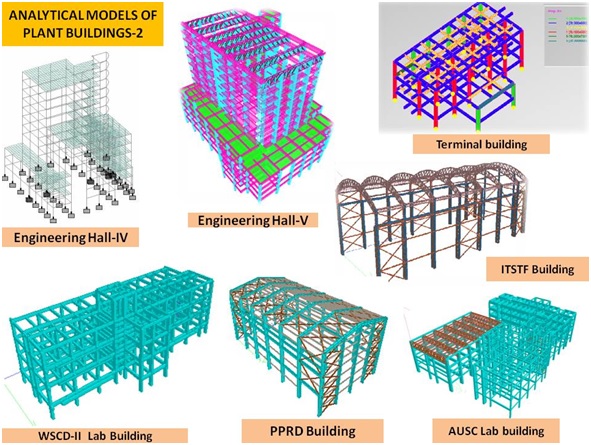
The assessment of safety of an existing Nuclear Facility is undertaken to determine the seismic risk of the plant with respect to current a seismic design specification. Methodologies have been developed to take advantage of reserve strength of concrete and Specific computational tools have been developed for the seismic re-evaluation of R.C.C structures for review level earthquake ground motion. Seismic re-evaluation of Civil Engineering Structures of FBTR, DFRP have been carried out.
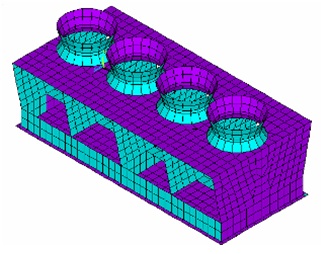
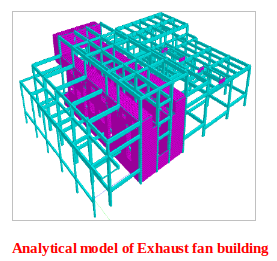
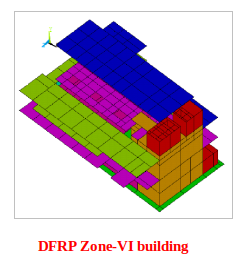
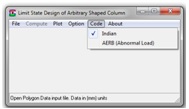
In-House development of Computational Tools
For analysis and design of Civil Engineering Structures including Nuclear Safety related Structures, a host of computer programs and tools have been developed for various applications such as:
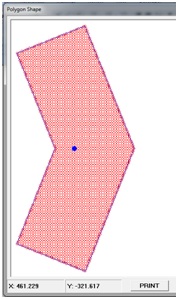
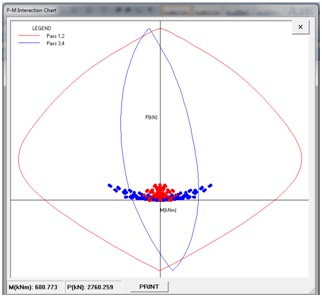
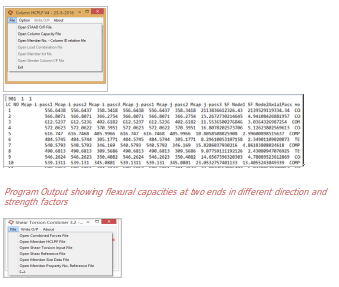
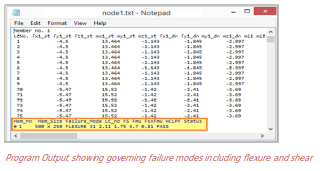
Expertise
Architectural
- Conceptual planning, preparation of schematic layout for Laboratories, Facility and Infrastructure buildings, multistoried residential tower block, and other amenities in townships such as schools, hospitals, hostels, guest house, sports facilities and parks.
- Architectural design & preparation of layout and detailed architectural drawings considering climatic and sustainable green building concepts to achieve energy efficiency in the buildings.
- Interior design of Office, Meeting rooms and Auditorium
- Developing 2D & 3D Architectural Rendering views for newly proposed buildings.
Structural
- Site Evaluation and determination of Site Specific Parameters related to Structural analysis & design of nuclear facility.
- Seismic Analysis and Design of Nuclear Safety Related Buildings and Structures
- Structural Analysis and Design of Tall Structures, Laboratories and Facility and Infrastructure buildings
- Development of In house Computational Tools for Structural analysis & design
- Seismic Re-evaluation of Nuclear Safety Related and Industrial Buildings and Structures.
Infrastructure
